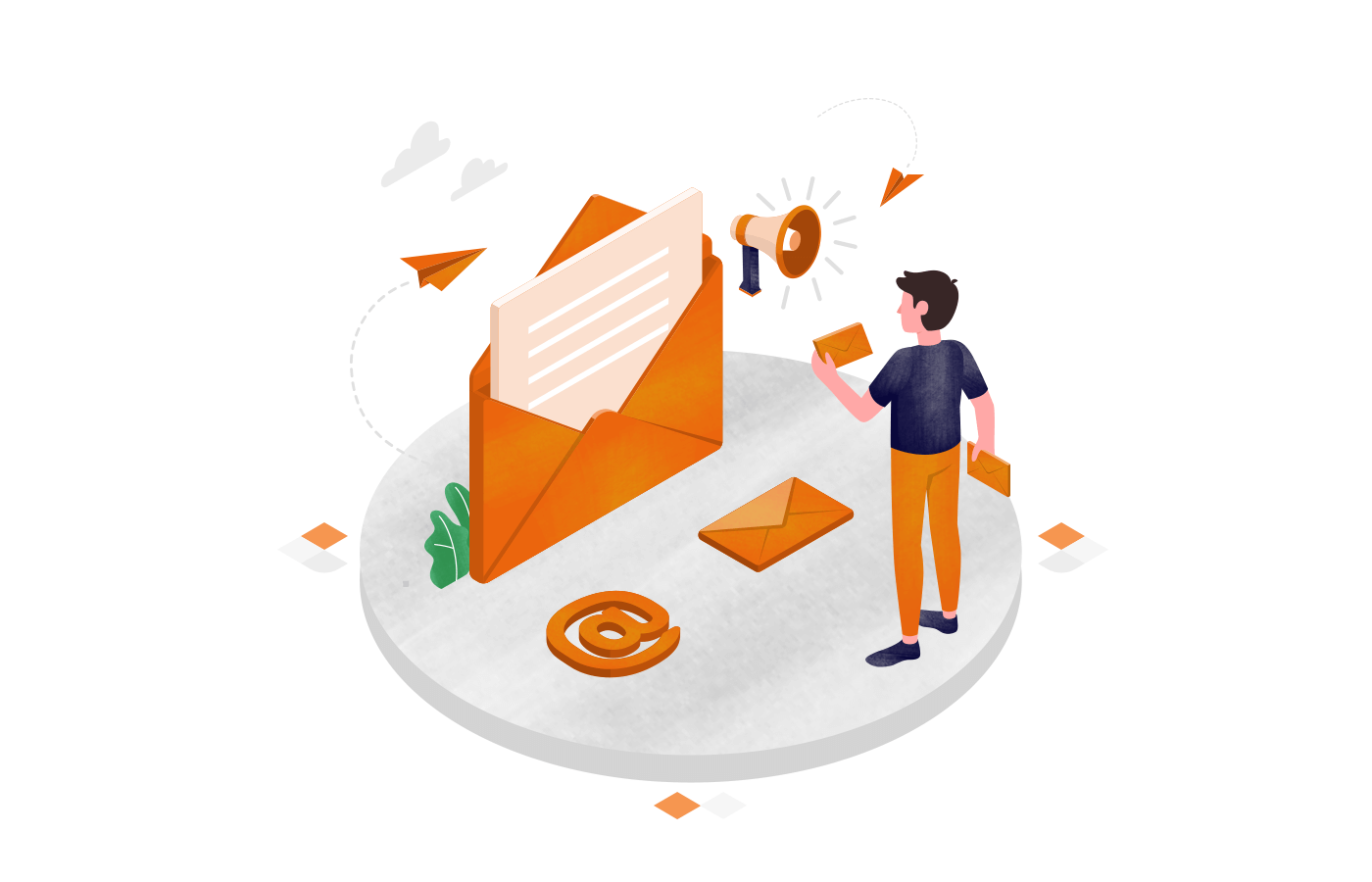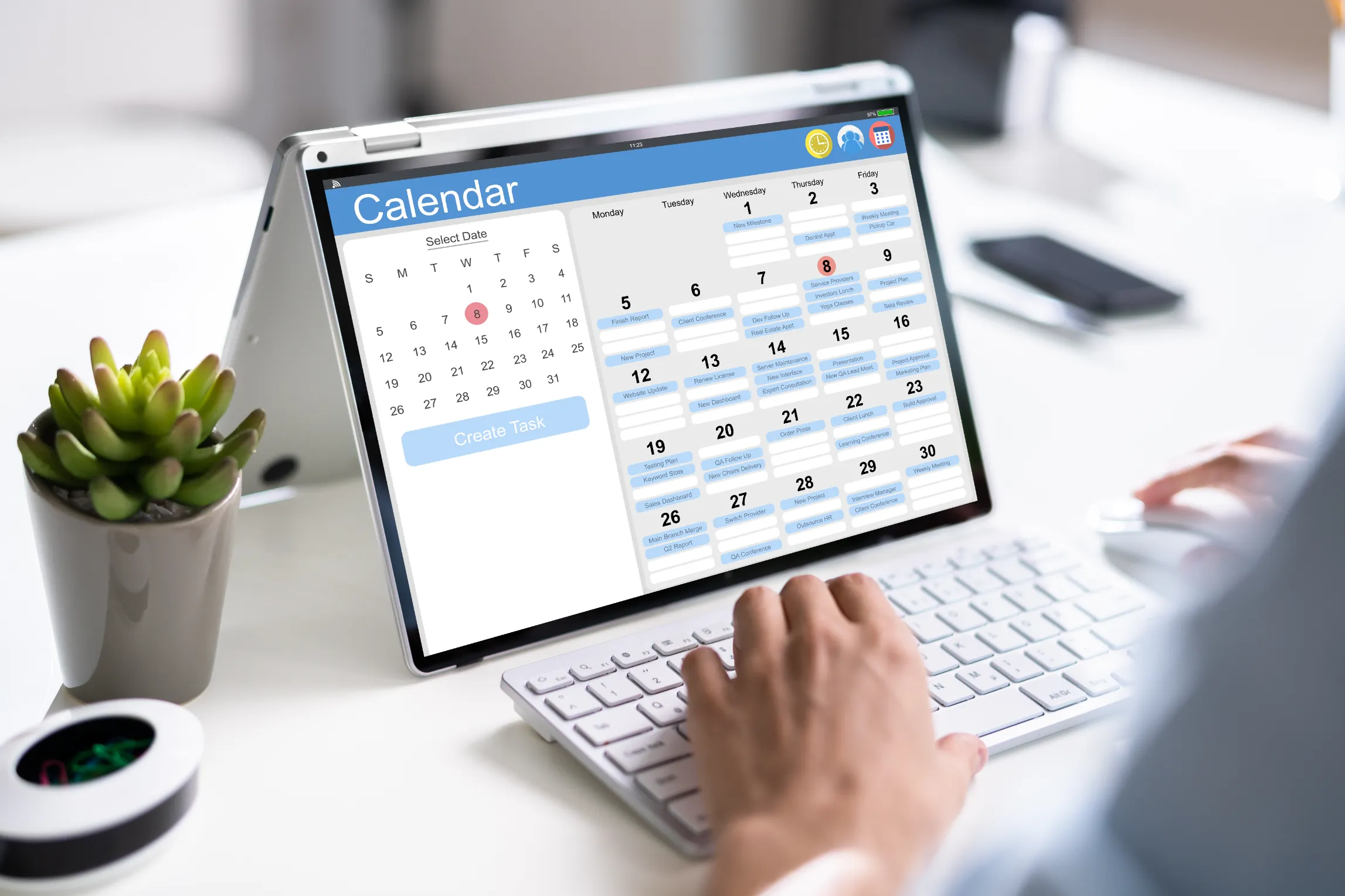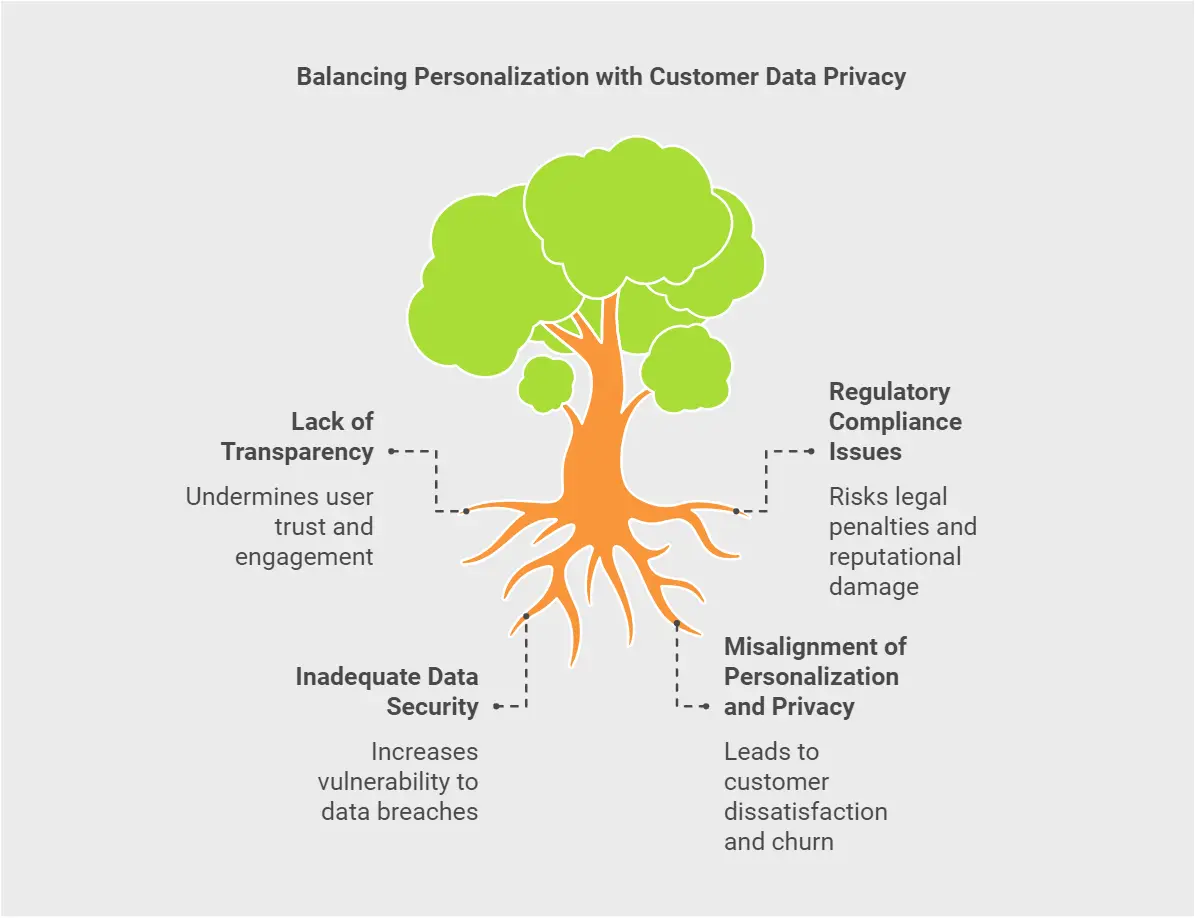Types of Triggered Emails for Better Engagement
In the dynamic landscape of digital marketing, mastering the types of triggered emails for better engagement is paramount to success. Triggered emails stand out as a powerful tool that can significantly enhance customer interaction and drive conversions. In this blog post, we will explore various aspects of triggered emails, their importance in email marketing, and proven strategies to craft effective campaigns.
Exploring Triggered Emails

Triggered emails are automated messages sent based on user behavior or specific actions taken by customers. They play a crucial role in modern email marketing strategies, ensuring timely communication and enhanced relevance.
What Are Triggered Emails and Why Do They Matter?

Triggered emails originate from specific actions taken by a user, such as signing up for a newsletter, abandoning a shopping cart, or making a purchase. These emails are designed to reach recipients at critical moments, fostering engagement and providing value.
By automating the timing and content of these messages, businesses can maintain ongoing interactions with their audience without requiring constant manual input. This not only saves time but also allows marketers to focus on optimizing their broader strategies. The significance of triggered emails lies in their ability to deliver highly relevant content when recipients are most likely to engage.
Moreover, triggered emails often boast higher open and click-through rates compared to regular newsletters. By sending targeted content, companies can meet consumer needs more effectively, resulting in improved customer satisfaction and loyalty.
The Role of Engagement in Modern Email Marketing

Engagement is a fundamental component of successful email marketing. It refers to how actively recipients interact with email content, including opening messages, clicking links, and taking desired actions. High engagement levels indicate that subscribers find value in the content provided.
A focused approach to engagement within email marketing leads to increased brand awareness and recognition. Triggered emails facilitate stronger connections by aligning communication with customer interests and behaviors. As consumers receive tailored content that resonates with them, they are more inclined to engage, share, and return for more.
Additionally, engagement enhances the overall effectiveness of email campaigns. When subscribers are invested in the content they receive, they are more likely to convert into paying customers. Businesses benefit from higher revenue and improved retention rates through well-executed triggered email strategies.
Key Differences Between Triggered Emails and Regular Campaigns
Marketers must grasp the differences between triggered emails and standard campaign emails to enhance their strategies. Each type plays a crucial role but operates differently.
Triggered emails are automatic and arise from specific user actions, while regular campaigns are scheduled broadcasts to a wider audience without considering individual behavior. This distinction leads to varied engagement patterns, with triggered emails often achieving higher engagement due to their relevance.
Although regular campaign emails can effectively increase brand visibility or promote sales, they lack the personalized touch that triggered emails offer. Without user context, these campaigns may underperform, resulting in lower open rates.
In conclusion, triggered emails successfully deliver targeted content, whereas regular campaigns aim for broader communication. Understanding these differences is essential for developing effective email marketing strategies.
Popular Types of Triggered Emails

Now that we have explored the fundamentals of triggered emails, let’s delve into some of the most popular types that can lead to better engagement.
Welcome Emails: Making a Great First Impression
Welcome emails are the first interaction for new subscribers, making it a key moment to create a lasting impression.
It’s important to express warmth and gratitude in these emails. Personalizing them by using the subscriber’s name helps establish a connection from the beginning.
These emails should also clarify what subscribers can expect, highlighting benefits, popular products, and useful resources to demonstrate value.
Additionally, consider offering a discount code as a thank-you gesture. A strong welcome email captures attention and promotes early interaction for a fruitful relationship.
Abandoned Cart Emails: Turning Interest into Sales
Abandoned cart emails tackle a frequent issue for e-commerce: potential customers adding items to their cart but leaving without buying. These reminders can help recover lost sales.
Timing is crucial. Sending emails soon after abandonment captures customer attention while items are still top-of-mind. Use a friendly subject line and appealing visuals of the abandoned products.
Creating urgency is effective too. Phrases like “limited stock” or “your items are waiting” urge customers to complete purchases. Offering incentives like free shipping or discounts can boost conversion rates.
Lastly, building trust is essential. Highlight secure payment options and straightforward return policies to alleviate customer concerns and enhance conversion potential.
Re-Engagement Emails: Reviving Dormant Relationships

Over time, even the most engaged subscribers can become inactive. Re-engagement emails aim to rekindle interest among these dormant contacts, reminding them of the value your brand offers.
Understanding why subscribers became inactive can inform your strategy. Tailoring re-engagement emails to address their motivations can resonate strongly. For instance, if a subscriber stopped opening emails due to irrelevant content, analyze their previous interactions to send more aligned messaging.
Effective re-engagement emails often include incentives, such as exclusive discounts, special offers, or valuable content that reignites the recipient’s interest. Consider creating a sense of urgency to encourage action, using phrases like “We’ve missed you!” or “Come back and enjoy 20% off.”
Another useful tactic is to solicit feedback. Asking inactive subscribers to share their preferences helps refine your targeting and shows that you value their opinions. This two-way communication can stimulate renewed engagement.
Post-Purchase Emails: Strengthening Customer Loyalty
Post-purchase emails create opportunities to deepen relationships with customers after they’ve made a purchase. These emails can take various forms, including order confirmations, shipping updates, and follow-up messages requesting feedback.
Order confirmation emails serve as reassurance, reinforcing the customer’s decision to buy. Providing details about the order, estimated delivery dates, and tracking information strengthens trust in your brand.
Follow-up emails, especially those requesting feedback or reviews, are instrumental in understanding customer satisfaction. By encouraging customers to share their experiences, brands can gather valuable insights that inform product development and service improvements.
Additionally, consider sending personalized recommendations based on recent purchases. Suggesting complementary products can lead to upselling opportunities, enhancing customer lifetime value.
Overall, post-purchase emails foster a sense of community, reaffirming customers’ choices and paving the way for future interactions.
Event Reminder Emails: Driving Attendance and Participation
Event reminder emails are key for boosting attendance at webinars, workshops, and live events. They keep participants engaged before, during, and after the event.
Email design and content are vital for sparking interest. Provide clear details such as date, time, location, and agenda, using attractive formats and images to capture attention.
Personalization matters. Addressing attendees by name and referencing their interests or past interactions enhances connections.
Add countdown timers to instill urgency. Reminding recipients of limited spots or upcoming deadlines prompts quick responses.
Post-event follow-up emails are important too. Thank attendees, share recordings or presentations, and request feedback to improve future events. This ongoing engagement underscores the value of participation and fosters lasting relationships.
Proven Strategies for Crafting High-Performing Triggered Emails

With a comprehensive understanding of different types of triggered emails, it’s essential to implement proven strategies that elevate their performance and impact.
Personalization: Delivering Unique Experiences
Personalization involves tailoring email content to reflect individual preferences, behaviors, and demographics. In today’s market, where consumers are inundated with generic messaging, personalization stands out as a differentiator.
To achieve effective personalization, begin by segmenting your audience based on factors like purchase history, browsing behavior, and engagement patterns. This segmentation allows for targeted messaging that resonates more deeply with each group.
Utilizing dynamic content can also enhance the personalization experience. For example, incorporating product recommendations based on past purchases or sending birthday greetings with special offers can create a unique and memorable interaction.
Moreover, consider utilizing data analytics to continuously refine personalization efforts. Tracking engagement metrics helps identify what works best for different segments, allowing for ongoing optimization of email content and strategy.
Personalization is key to building stronger connections with your audience, and tools like GetResponse can help take your triggered emails to the next level. GetResponse is a versatile email marketing platform that focuses on personalization. It enables businesses to create dynamic content tailored to individual customer preferences and behaviors. From customized welcome emails to personalized event reminders, GetResponse ensures your messaging is always relevant and engaging.
Timing and Frequency: Sending Emails at the Right Moment
The timing and frequency of triggered emails significantly impact engagement levels. Finding the sweet spot ensures your audience receives relevant content without feeling overwhelmed.
When determining the best time to send triggered emails, consider user behavior patterns. For instance, analyzing when customers typically make purchases or engage with previous emails can provide insights into optimal sending times.
Equally important is frequency. Striking a balance between staying top-of-mind and being intrusive is vital. Over-emailing can lead to unsubscribes, while infrequent communication risks being forgotten. A/B testing different sending frequencies can help identify what best suits your audience.
Sending emails at strategic intervals enhances their effectiveness. For instance, following up with welcome emails shortly after signup, followed by abandoned cart emails within a day or two, capitalizes on customer momentum.
A/B Testing: Refining Emails for Better Results
A/B testing, also known as split testing, is a valuable method for optimizing triggered emails. This process involves comparing two variations of an email to determine which version performs better in terms of engagement metrics.
When conducting A/B tests, consider elements like subject lines, visuals, copy, calls to action, and sending times. By isolating one variable at a time, you can measure its impact on open rates, click-through rates, and conversion rates.
The insights gained from A/B testing allow for continual improvement of email campaigns. Analyzing results can highlight trends and preferences among your audience, enabling you to refine messaging and strategy over time.
Implementing A/B tests regularly ensures that your triggered email campaigns evolve alongside changing consumer behaviors, guaranteeing ongoing relevance and engagement.
Clear and Compelling Calls to Action
A clear and compelling call to action (CTA) is crucial in driving engagement. Whether prompting subscribers to make a purchase, sign up for an event, or provide feedback, the CTA serves as the focal point guiding user behavior.
Crafting effective CTAs begins with clarity. Use concise language that clearly communicates what action you want the recipient to take. Avoid vague instructions and be direct in your messaging.
Additionally, consider the design and placement of CTAs within the email. Using contrasting colors, bold fonts, and strategic positioning helps draw attention to the CTA. Experimenting with different designs can yield insights into what motivates your audience to take action.
Finally, instilling a sense of urgency can enhance the effectiveness of your CTA. Phrases like “Limited time offer” or “Act now” encourage recipients to respond quickly, driving higher conversion rates.
Evaluating the Performance of Triggered Emails

Once your triggered email campaigns are live, evaluating their performance is critical for future success. Understanding key metrics can help gauge effectiveness and inform adjustments.
Essential Metrics for Measuring Success
Tracking key performance metrics provides insight into how well your triggered emails are resonating with your audience. Metrics such as open rates, click-through rates, conversion rates, and unsubscribe rates serve as indicators of engagement levels.
Open rates indicate the percentage of recipients who opened your email. A high open rate suggests that your subject line and sender information captured attention. Conversely, low open rates may necessitate revisiting your subject lines or list segmentation strategies.
Click-through rates reflect how many recipients clicked on links within your email. This metric is vital for assessing the effectiveness of your content and calls to action. Low click-through rates may indicate that the messaging or visual elements need refinement to encourage action.
Conversion rates, tracking the percentage of recipients who took a desired action, such as completing a purchase, are perhaps the most critical metric. High conversion rates signify successful engagement, while low rates warrant further investigation into the email content and user experience.
Insights from Open Rates and Click-Through Rates
Open rates and click-through rates provide valuable insights into the effectiveness of your triggered emails. Together, they paint a picture of how well your content resonates with recipients.
High open rates suggest that your subject lines are engaging and enticing. However, if the click-through rates are low despite high open rates, it may indicate disconnection between the subject matter and the content within the email.
Conversely, low open rates coupled with high click-through rates could signal issues with your subject lines. If recipients find the content intriguing enough to click, but the subject line fails to capture initial attention, revisiting your subject line strategy would be prudent.
It’s essential to evaluate these metrics together, as they provide a holistic view of performance. Engaging content must be supported by strong subject lines to maximize overall effectiveness.
Understanding Conversion Rates for Better ROI
Ultimately, understanding conversion rates is crucial for assessing the return on investment (ROI) of your triggered email campaigns. High conversion rates demonstrate effective engagement and successful persuasion, translating directly into revenue.
Analyzing conversion rates requires considering the entire customer journey, from the initial email open to the final purchase. It’s essential to identify any friction points that may hinder conversions, such as complicated checkout processes or unclear CTAs.
Improving conversion rates can involve refining your messaging, testing different incentive structures, and ensuring a seamless user experience throughout the funnel. By continuously monitoring and optimizing conversion rates, you can maximize the impact and profitability of your triggered email campaigns.
Emerging Trends in Triggered Email Marketing

As the digital marketing landscape evolves, staying informed about emerging trends in triggered email marketing is crucial for maintaining relevance and competitiveness.
The Growing Influence of Automation and AI
Automation and artificial intelligence (AI) are transforming the way businesses approach email marketing. With advanced algorithms and machine learning capabilities, marketers can streamline processes, analyze data, and create personalized experiences at scale.
Automation simplifies the execution of triggered email campaigns, allowing marketers to set triggers based on user behavior and predefined criteria. This level of automation reduces manual effort and ensures timely, relevant communication.
AI enhances the ability to analyze vast amounts of data rapidly, informing segmentation and targeting strategies. By predicting customer behavior and preferences, AI can enable hyper-targeted messaging that resonates with individual recipients, leading to improved engagement and conversion rates.
As automation and AI technologies continue to reshape email marketing, leveraging the right tools can help businesses unlock new levels of efficiency and engagement. ActiveCampaign combines email marketing with advanced automation and CRM capabilities. It excels in creating intelligent, behavior-triggered emails, such as re-engagement campaigns or event reminders. With its AI-powered segmentation, businesses can ensure their emails are highly targeted and effective.
Advanced Personalization Tactics for Deeper Engagement
As consumers demand more personalized experiences, advanced personalization tactics are emerging as critical components of successful triggered email campaigns. Beyond basic personalization, marketers are leveraging data to create highly relevant content that speaks directly to individual needs and interests.
Dynamic content, where email elements change based on user attributes or behavior, is gaining traction. This could include personalized product recommendations, tailored promotions, or location-based offers.
Furthermore, incorporating behavioral triggers, such as sending follow-up emails based on previous engagements, enables marketers to create a more cohesive and individualized experience for subscribers.
Balancing Personalization with Customer Data Privacy
While advanced personalization presents significant opportunities, it also raises concerns about customer data privacy. Striking the right balance between delivering personalized experiences and respecting users’ privacy is essential for maintaining trust.
Transparency is key. Clearly communicating how customer data will be used and offering opt-in options empowers subscribers to make informed decisions. Ensuring compliance with regulations like GDPR (General Data Protection Regulation) and CCPA (California Consumer Privacy Act) is paramount for building trust and credibility.
Additionally, prioritizing data security measures helps safeguard customer information, minimizing the risk of breaches that could damage reputations and relationships. Ultimately, prioritizing customer privacy while delivering personalized experiences is essential for long-term engagement success.
Wrapping It Up
In conclusion, understanding the types of triggered emails for better engagement can significantly enhance your email marketing strategy. Triggered emails empower businesses to create meaningful connections with their audience by delivering timely, relevant content based on user behavior.
By exploring various types of triggered emails, implementing proven strategies, evaluating performance metrics, and embracing emerging trends, marketers can refine their approaches and achieve greater engagement and conversions.

As technology continues to evolve, harnessing the power of triggered emails and personalizing experiences while respecting customer privacy will remain central to successful email marketing efforts. Through these initiatives, brands can cultivate lasting relationships with customers, ultimately driving business growth and success.




